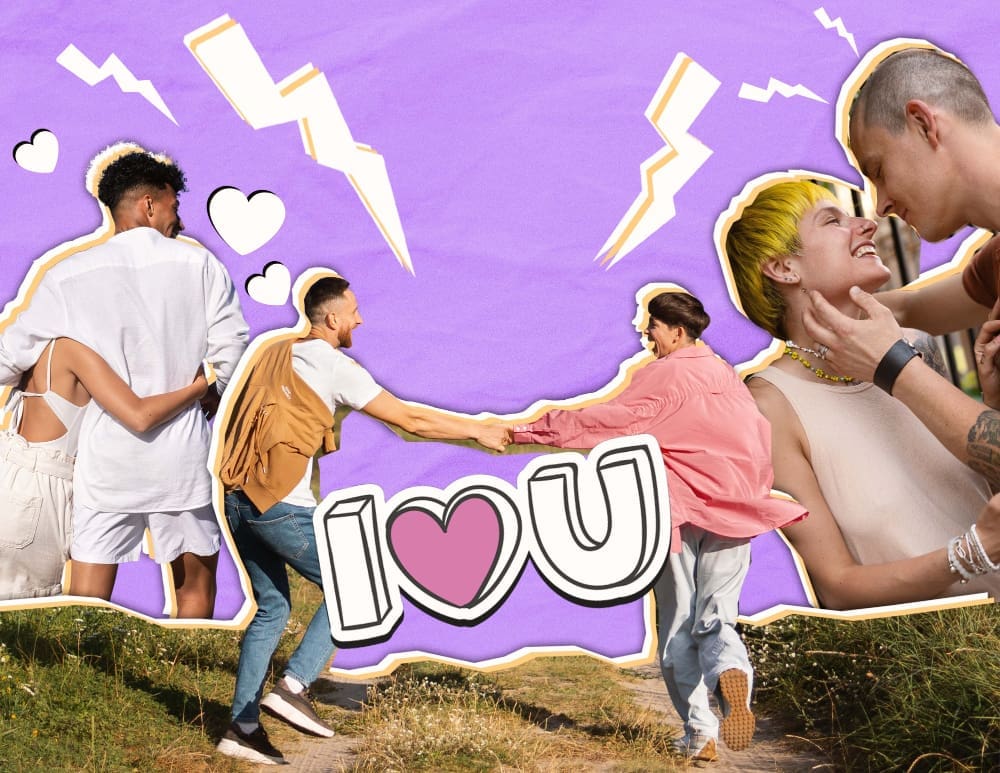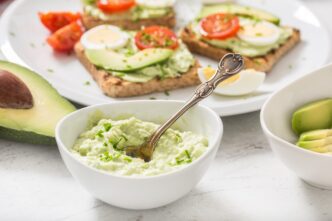In the vibrant world of TikTok, a question about open relationships has become a sensation. Viewers are captivated by discussions on why people in such relationships supposedly “look like that.” Social media users have shared countless reactions and theories, making this a riveting topic.
The buzz started with a viral question that questioned the appearances of those in polyamorous relationships. Since then, the internet has exploded with opinions, ranging from humorous to deeply analytical. The responses highlight broader social themes and challenge our perceptions of love and identity.
The Viral Question That Started It All
TikTok has a way of turning casual questions into trending debates. It all began when a user asked why people in open relationships tend to “look like that,” sparking curiosity from millions. The phrase is vague, yet it struck a chord, prompting widespread speculation about its meaning. Does it hint at physical appearance, attitude, or something else entirely?
The question quickly spread across social media platforms, gathering comments and reactions from diverse audiences. Some laughed off the query, while others saw it as a chance to delve deeper into societal norms and stereotypes. What makes this question particularly intriguing is its open-ended nature, inviting endless interpretations.
Polyamory and Social Stereotypes
Polyamory often challenges conventional norms, which can lead to a variety of stereotypes about those who practice it. Many assume that polyamorous individuals must look or behave a certain way, reinforcing narrow views of identity.
This viral question has brought such stereotypes into sharp focus. Some believe it highlights how society categorizes people based on their relationship choices, signaling a need for broader acceptance and understanding.
In dissecting these stereotypes, social media users are engaging in valuable conversations about individuality, freedom, and societal expectations. These discussions reveal the complexities surrounding how we perceive love and companionship in modern times.
Humor or Harsh Critique?
Amid the whirlwind of online reactions, humor often takes center stage. Many have approached this topic with a lighthearted mindset, finding amusement in the generalization.
Yet, there are critical undertones beneath the laughter. Some argue that the question exposes deeper biases against polyamorous people, casting them in a negative light without just cause. It raises the question: is this merely a joke, or a reflection of societal prejudice?
The varying perspectives make for an engaging discourse that blends levity with serious contemplation. Whether meant as a joke or a critique, the question has undeniably stirred debate and introspection among its audience.
Expert Insights and Social Dynamics
Licensed therapist Lee Tepper offered thought-provoking insights, suggesting that polyamorous individuals might reject societal norms, explaining why they “look like that.”
Lee’s video resonated with many who support the idea that appearances in polyamorous circles reflect a broader rejection of traditional norms. This perspective connects to broader conversations about the diversity and individuality found in such communities.
The therapist’s interpretation offers a lens into the social dynamics at play, unveiling how personal choice intersects with societal perception in unexpected ways.
The Power of Authenticity
For those like Lee, authenticity is a hallmark of polyamorous life. It’s about defying conventional standards and expressing one’s true self.
This notion was echoed by many social media users, who praised those in open relationships for their courage to display authenticity. This admiration highlights the universal appeal of living genuinely, free from societal constraints.
The conversation shifts the focus from appearance to personal integrity and character, emphasizing the importance of living authentically and with purpose.
Maddy’s Perspective and Humor
TikToker Maddy approached the viral question with humor, embracing the stereotype with a sense of lightheartedness.
She acknowledged the assumptions about polyamorous appearances, choosing to laugh along with the jest. Her casual perspective resonated with many, bringing humor to what could easily become a divisive subject.
Maddy’s take serves as a reminder of the importance of addressing stereotypes with both humor and openness, encouraging dialogue rather than division.
Lee’s Advocacy and Backlash
Ultimately, this viral phenomenon underscores a common thread: the courage to live authentically, despite societal challenges.
Embracing diversity and individuality, even in the face of criticism, reflects a broader movement towards acceptance and self-expression.
The conversation encourages society to move beyond superficial judgments, embracing a more inclusive understanding of love and relationships.
The conversation invites society to look beyond superficial judgments, fostering a more inclusive understanding of love and relationships.
The discussions sparked by this question highlight the boldness of living authentically. It’s a reminder of the strength found in diversity, reinforcing the value of embracing one’s true self.







